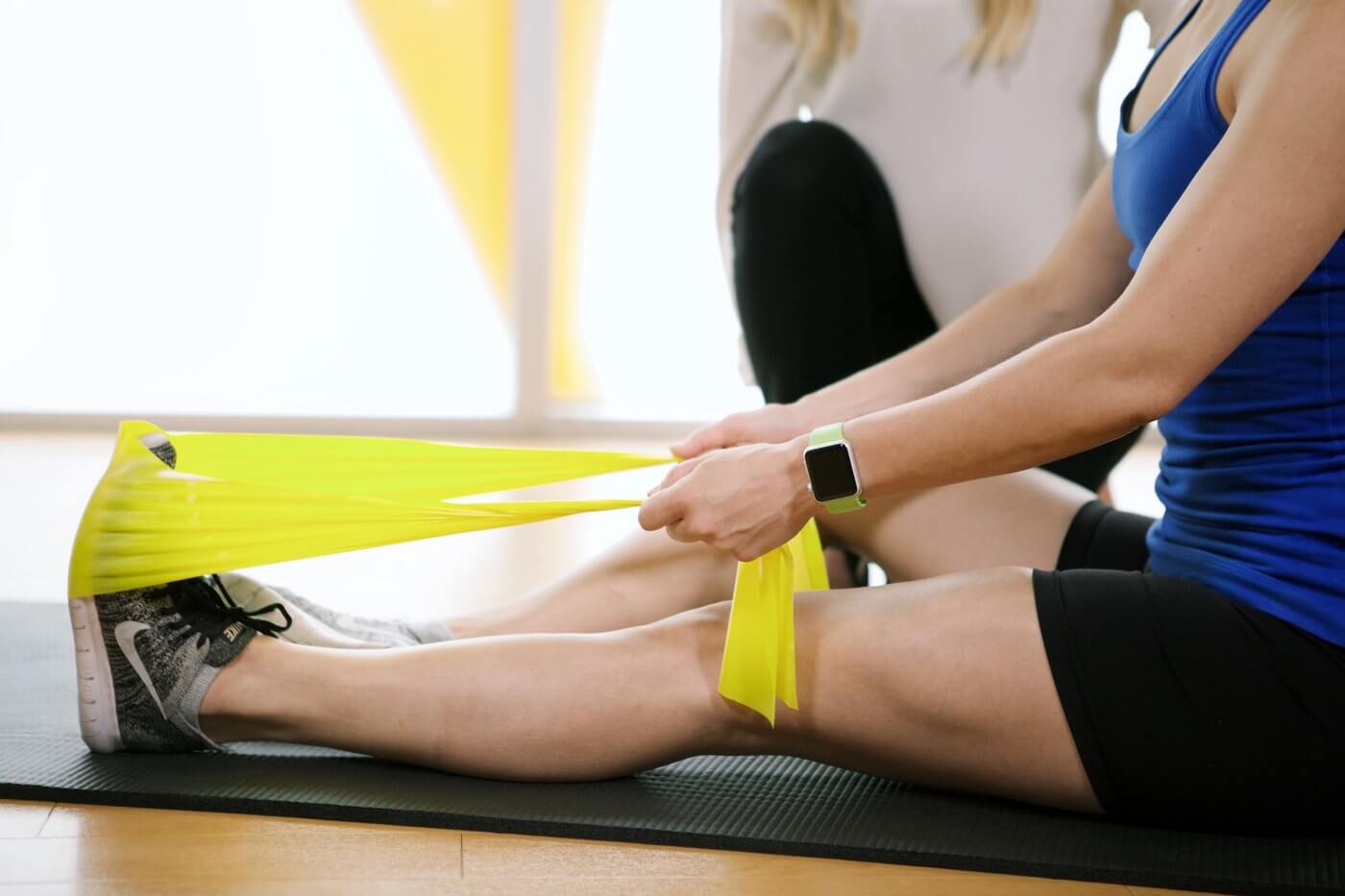
Many avoid repetition fearing joint wear. But motion with balance builds resilience. Joints thrive on use. Alignment changes everything. Controlled movement lubricates. Inactivity stiffens more than overuse. Stillness brings decay quicker than steady rhythm. Regular motion, not chaos, strengthens structure.
Range of motion exercises keep capsules from shrinking over time
Joints contain capsules that tighten without use. Circles, bends, stretches hold them open. Rotation counts. Ankles, wrists, shoulders benefit most. Even small movements matter. They slow loss. Full range keeps the lining active. Still joints forget their shape.
Resistance builds strength, which protects joints from external force
Muscles absorb pressure before it hits cartilage. Weakness sends load inward. Resistance exercises train absorption. Bands, weights, bodyweight—form matters more than volume. Strong muscles mean softer landings. Each rep shields more.
Water workouts reduce joint load while preserving full effort
Aquatic exercise removes gravity. Buoyancy lifts weight off joints. Movement continues without pressure. Range expands underwater. Resistance comes from fluid drag. It’s natural, uniform. Heat loosens stiffness. Pool sessions carry power without pounding.
Isometric holds challenge muscles without movement across the joint
Tension builds without motion. Wall sits. Planks. Static lunges. These train stability. The joint stays centered. Muscles adapt slowly. Pain stays low. Soreness softens. Stability builds from stillness, not just action.
Dynamic stretching activates movement through gradually increasing range
Cold muscles resist sudden lengthening. Dynamic work prepares them. Leg swings. Arm circles. Spinal rolls. These movements signal readiness. Joints track smoothly. Blood flows without spike. Flexibility gains follow rhythm.
Cycling supports hips and knees without foot-strike pressure
Pedaling builds lower body control. Knees move in repetition but avoid collision. Load remains low. Cardio continues. Resistance scales. Stationary bikes allow tuning. Each turn strengthens tracking. Joint alignment improves through cadence.
Balance training limits accidental torque during daily movement
Falls twist joints unnaturally. Balance prevents that twist. Standing on one foot. Shifting weight. Cushion work. Ankles adjust constantly. Hips stabilize unconsciously. Core co-activates. Joints stay centered. Alignment becomes habit, not reaction.
Yoga improves joint positioning under slow tension
Poses demand awareness. Joints align. Hips stack. Shoulders settle. Wrists bear weight symmetrically. Breath supports hold. Depth doesn’t matter—direction does. Time under control resets joint memory. Recovery starts here.
Controlled descent during bodyweight exercises builds joint deceleration ability
Lowering slowly builds strength. Downward phase teaches control. Joints adapt to load changes. Eccentric training matters more than people expect. The way down rewires patterns. Landing becomes softer.
Glute engagement changes how knees track under pressure
Inactive glutes push load into knees. Strength shifts that burden. Bridges. Clamshells. Step-ups. They teach power from behind. The knees follow alignment. Hips drive movement. The path realigns from above.
Wrist strength requires more than stretches or typing
Grip builds stability. Holds. Carries. Twists. Dumbbells or bodyweight. Small bones respond slowly. Consistency matters. Overuse injury reduces with strength. Control returns. Wrists stop wobbling under pressure.
Small foot muscles help ankle joints stay neutral
Toe spreads. Calf raises. Barefoot balance drills. These train support from below. Ankles wobble less. Knees track straighter. Hips fire sooner. The chain begins at the ground. Small parts reshape the top.
Posture drills support joints without direct load
Wall slides. Chin tucks. Shoulder blade holds. They reset spinal awareness. Posture shapes joint experience. Misalignment spreads. Correction starts in repetition. Joints decompress with each realignment cue.
Hip mobility drills protect lumbar spine during compound movements
Deep squats. Lunges. Rotations. Hip circles. They shift force away from the back. Tighter hips transfer pain upward. Mobility redirects effort. The spine breathes easier.
Core stability allows other joints to move without overcompensation
Strong cores stabilize the center. Limbs move freely. Joints don’t overcorrect. Twists stay safe. Lifts balance. The spine anchors movement. Planks, dead bugs, anti-rotation drills build this control.
Light weight, high repetition routines help joints without overwhelming them
Joints thrive on volume—not just intensity. Light resistance trains pattern. Repetition sets rhythm. Pain reduces. Confidence grows. The system learns to move again. Progress follows comfort.
Foam rolling prepares fascia but doesn’t replace movement
Pressure frees stuck tissue. But motion seals the gain. Rolling reduces resistance. Exercises follow. Joints release tension—but only stay free if moved afterward.
Jump training teaches joints how to absorb impact
Landing is a skill. Box jumps. Jump rope. Skater hops. They train absorption. Knees bend. Ankles flex. Hips catch. Progression matters. Joints adapt under rhythm—not chaos.
Unilateral training shows where joints lose balance
Single leg work reveals asymmetry. Step-ups. Bulgarian squats. Single-arm rows. Each side works independently. Compensation fades. Balance improves. Weakness becomes visible—and addressable.
Scapular control protects shoulder joints during overhead movement
The shoulder floats on muscle. Scapular retraction secures it. Rows. Wall slides. Y raises. These drills build a base. The joint moves from a platform—not chaos.
Endurance holds teach joints how to persist under fatigue
Time matters. Longer planks. Extended carries. Deeper squats. Fatigue reveals form. Muscles fire slower. Joints wobble. Reps train resistance. Stamina builds structure.
Stretching after strength work resets resting muscle tone
Post-workout lengthening calms the system. Quads relax. Calves release. Spine settles. Joints rest easier. Flexibility doesn’t need force. It needs time and stillness.
Stair climbing reinforces full extension through knee and hip
Each step finishes the stride. Joints move fully. No mid-range skipping. Knees lock briefly. Hips open. Elevation adds resistance. Climbing teaches finish—not just start.
Standing desk use allows movement, not static posture
Alternating positions changes joint load. Sit. Stand. Shift. Balance. Joints adjust. Fixed positions erode stability. Micro-movement preserves range.
Movement frequency matters more than workout length
Daily motion supports joints better than rare intensity. Short walks. Desk breaks. Floor stretching. These build rhythm. Joints reset through consistency—not intensity.
